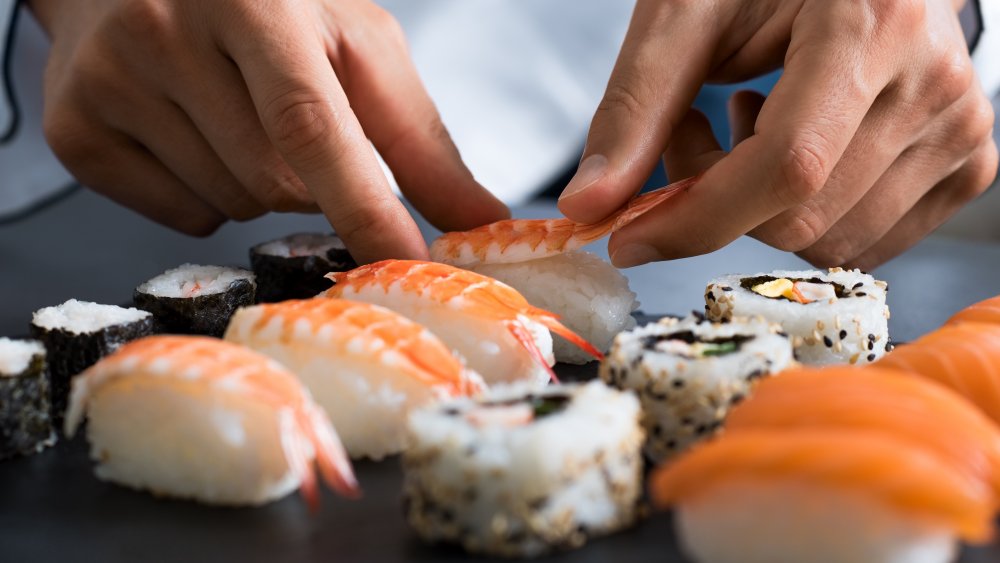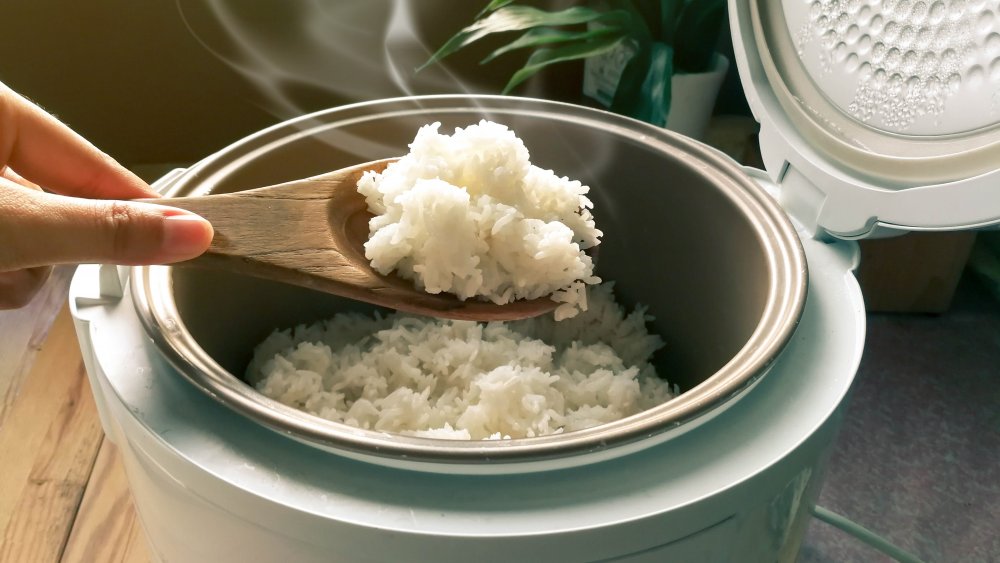Sushi Chef Reveals The Biggest Mistake When You Make Sushi At Home
A few decades back, the idea of eating raw fish would have shocked and horrified most Americans. Although Food 52 says that sushi had been quietly introduced into the US by the 1960s, it took until the 80s before it gained nationwide trendiness. By the 90s it was downright mainstream, and now it's readily available in any mall food court.
Are you bold enough in the kitchen to try to make your own sushi? Although it may take years of study to be a professional-caliber sushi chef, that doesn't mean that simpler preparations are too difficult for most home cooks to attempt, at least as long as you don't try to experiment with fugu, that is. Apart from avoiding potentially poisonous poisson, we do have one important tip to pass on to you from sushi chef Kunihide "Nakaji" Nakajima, the owner and chef at NYC's Nakaji. As Nakajima told us, "The most important aspect of homemade sushi is the rice."
It's all about the rice
Yes, it's true – the secret to sushi lies in how you prepare what might seem like the simplest part of the dish. Nakajima says that if you prepare rice as you'd normally make it, it will come out too soft. The reason he gives is that "you have to preemptively calculate the amount of sushi vinegar to be added afterward," so you'll need to subtract the excess liquid on the front end. Nakajima also warns against using regular white rice. As he explains, "When making sushi rice, you must use short-grain Japanese rice because it's stickier than the long-grain variety and offers a better texture. "
If you're an aspiring sushi chef, but you're still in the learning stages, he also offers one more piece of advice that's bound to save you a lot of money. Before attempting a complicated maki roll using an expensive cut of fish, get in plenty of practice using cheaper veggies. As Nakajima cautions, it can take a while to master the art of perfecting your sushi rice. As he says, "Rome was not built in a day, and neither was sushi!"

